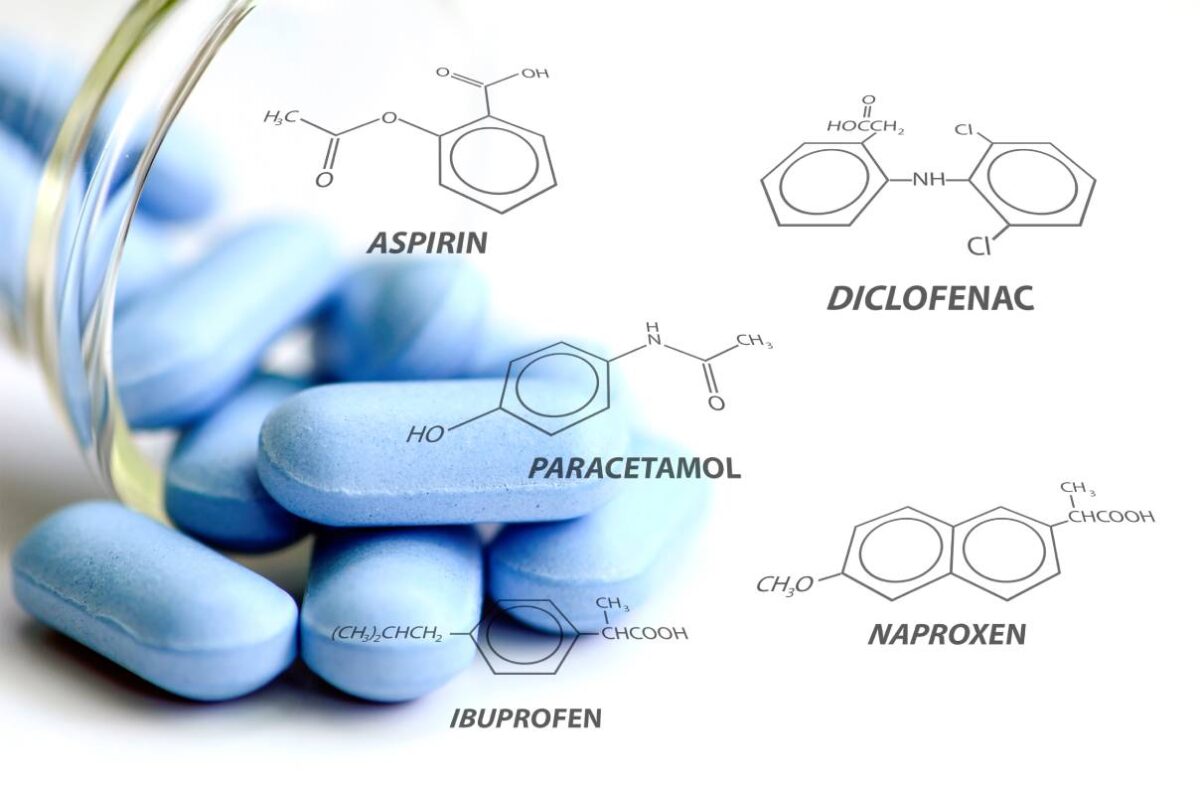Separating Anesthesia and Analgesia

Analgesia is the relief of pain, while anesthesia is the temporary loss of sensation and/or awareness. Analgesia does not involve loss of consciousness or other sensations in and of itself; anesthesia is thus associated with a certain degree of analgesia, in addition to amnesia, unconsciousness, paralysis, or some combination thereof in some cases. Effective analgesia and anesthesia during and after surgery are critical to pain control, efficient recovery, and an earlier return to daily activities 1.
Delivery and physiology of anesthesia vs. analgesia
Most over-the-counter analgesics are oral. The most commonly used class of analgesics, non-steroidal anti-inflammatory drugs (NSAIDs), block the synthesis of prostaglandins, key mediators of inflammation. This decreases the stimulation of free nerve endings, blocking the transmission of pain signals. When opioids are used for analgesia, in contrast, they act on both these peripheral nerves and the brain itself in order to minimize pain perception.
Local anesthetics may be applied topically or injected. When injected, they block local sodium channels and disproportionately affect thin nerves that conduct signals faster, such as pain fibers 2. General anesthetics are only intravenously injected or inhaled and act systemically to block sensation and movement, alongside the loss of memory and consciousness. General anesthetics depress the central nervous system mainly by acting on GABA-mediated inhibitory transmission.
Indications for analgesia vs. anesthesia
NSAIDs, aspirin, and paracetamol are usually used to treat mild to moderate pain. These are advantageous in that they are safe and easy to use in their over-the-counter forms. Moderate to severe pain in deeper body parts, however, can be treated by more potent medications, including opioids 3.
Local anesthesia is used for minor procedures, such as some dental procedures and diagnostic procedures. In comparison to general anesthesia, local anesthesia is safer, with lower morbidity rates, and is advantageous in that it does not require the monitoring of vital functions or airway maintenance and does not warrant specialized training. Local anesthesia may also be injected near a nerve or the spinal cord to block sensation from a region of the body; this technique is increasingly being used in place of general anesthesia.
General anesthesia, on the other hand, is favored for major procedures, as well as for interventions in extremely young children or adults who would have difficulty if not fully unconscious 4.
Complications of analgesia vs. anesthesia
The oral administration of NSAIDs or opioid analgesics may be associated with adverse effects such as gastric irritation, renal dysfunction, or constipation. NSAIDs are particularly contraindicated in individuals with a heightened risk of bleeding, kidney dysfunction, asthma or eczema. Opioids, meanwhile, have an additive sedative effect when combined with alcohol, benzodiazepines, or barbiturates, and may lead to addiction – and are therefore to be used with caution.
In addition to patient refusal, contraindications for the administration of anesthesia include the presence of severe coagulation abnormalities, sepsis, skin infections, high intracranial pressure, and known allergy to any of the anesthetic agents 5.
Combining anesthesia and analgesia
Anesthesia and analgesia must be combined to optimize patient outcomes during and after procedures, including as regards postoperative pain. The anesthesia provider must select what medications to use for optimal effects based on the procedure, patient-specific factors, and the level of anesthesia needed.
References
1. Lang, J. Pain: A prelude. Crit. Care Clin. (1999). doi:10.1016/S0749-0704(05)70036-1
2. Becker, D. E. & Reed, K. L. Local anesthetics: review of pharmacological considerations. Anesthesia progress (2012). doi:10.2344/0003-3006-59.2.90
3. Analgesics: Uses, Treatment, Risks. Available at: https://my.clevelandclinic.org/health/drugs/21483-analgesics.
4. Smith, G., D’Cruz, J. R., Rondeau, B. & Goldman, J. General Anesthesia for Surgeons. StatPearls (2021).
5. Anesthesia Risks and Assessment – Made for This Moment. Available at: https://www.asahq.org/madeforthismoment/anesthesia-101/types-of-anesthesia/anesthesia-risks/.
6. Lee, H. M., Park, J. H., Park, S. J., Choi, H. & Lee, J. R. Comparison of Monotherapy Versus Combination of Intravenous Ibuprofen and Propacetamol (Acetaminophen) for Reduction of Postoperative Opioid Administration in Children Undergoing Laparoscopic Hernia Repair: A Double-Blind Randomized Controlled Trial. Anesth. Analg. (2021). doi:10.1213/ANE.0000000000005284
7. Taddio, A., Pollock, N., Gilbert-MacLeod, C., Ohlsson, K. & Koren, G. Combined analgesia and local anesthesia to minimize pain during circumcision. Arch. Pediatr. Adolesc. Med. (2000). doi:10.1001/archpedi.154.6.620
